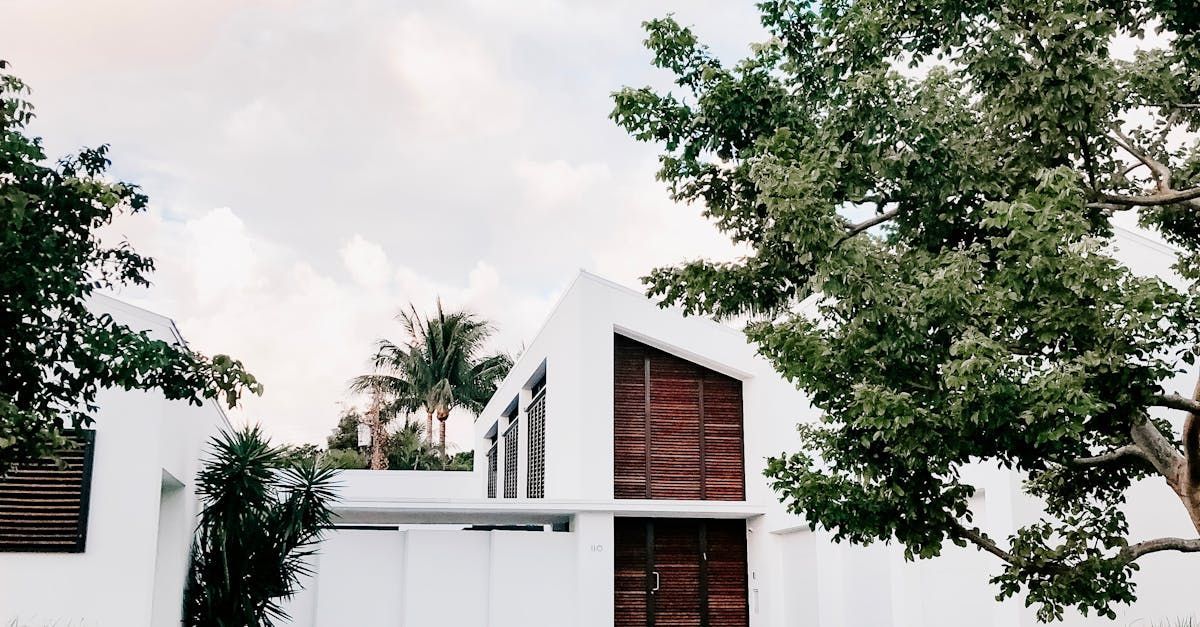Water damage can be a homeowner’s worst nightmare, leading to costly repairs and potential health hazards. Prompt and effective water damage restoration is crucial to mitigate damage and restore your home to its original condition. This complete guide will walk you through the steps of water damage restoration, helping you understand the process and take the necessary actions to protect your property.
Understanding Water Damage
Water damage can result from various sources, including natural disasters, plumbing leaks, burst pipes, and appliance malfunctions. The extent of the damage depends on the source, duration, and amount of water involved.
Types of Water Damage:
- Clean Water Damage: Caused by uncontaminated sources such as rainwater, broken water supply lines, or overflowing sinks.
- Gray Water Damage: Involves slightly contaminated water from sources like dishwashers, washing machines, or toilet overflow (without feces).
- Black Water Damage: Highly contaminated water from sewage backups, flooding from rivers, or standing water that has begun to support microbial growth.
Immediate Steps to Take
When water damage occurs, acting quickly can significantly reduce the extent of the damage and the cost of restoration. Here are the immediate steps to take:
- Ensure Safety First: Before entering the affected area, ensure it is safe. Turn off the electricity and gas supply to prevent electrical hazards and gas leaks.
- Identify and Stop the Source: Locate the source of the water and stop it if possible. Turn off the main water supply if necessary.
- Document the Damage: Take photos and videos of the affected areas and damaged items for insurance purposes.
- Remove Standing Water: Use a wet/dry vacuum, mop, or towels to remove as much standing water as possible.
Water Damage Restoration Process
The water damage restoration process involves several steps, from initial assessment to complete restoration.
Assessment and Inspection
- Professional Evaluation: Hire us to assess the extent of the damage and create a restoration plan. Through water extraction, drying and dehumidification, cleaning and sanitizing, and restoration and repairs, we will bring your home back its original glory!
Preventing Future Water Damage
Preventing future water damage involves regular maintenance and taking proactive measures to protect your home. Here are some tips:
- Inspect Plumbing: Regularly inspect pipes, faucets, and appliances for leaks and replace old or damaged components.
- Maintain Gutters and Downspouts: Keep gutters and downspouts clean and ensure they direct water away from your home's foundation.
- Install a Sump Pump: Install a sump pump in your basement to prevent flooding during heavy rains.
- Seal Cracks and Gaps: Seal cracks in your foundation, walls, and windows to prevent water intrusion.
- Monitor Water Pressure: Use a water pressure gauge to ensure your home’s water pressure is within safe limits to prevent pipe bursts.
Conclusion
Water damage restoration is a complex process that requires prompt action and professional expertise. By understanding the steps involved and taking preventive measures, you can protect your home from future water damage and ensure a swift recovery if it occurs. We are here to help when a crisis occurs!








